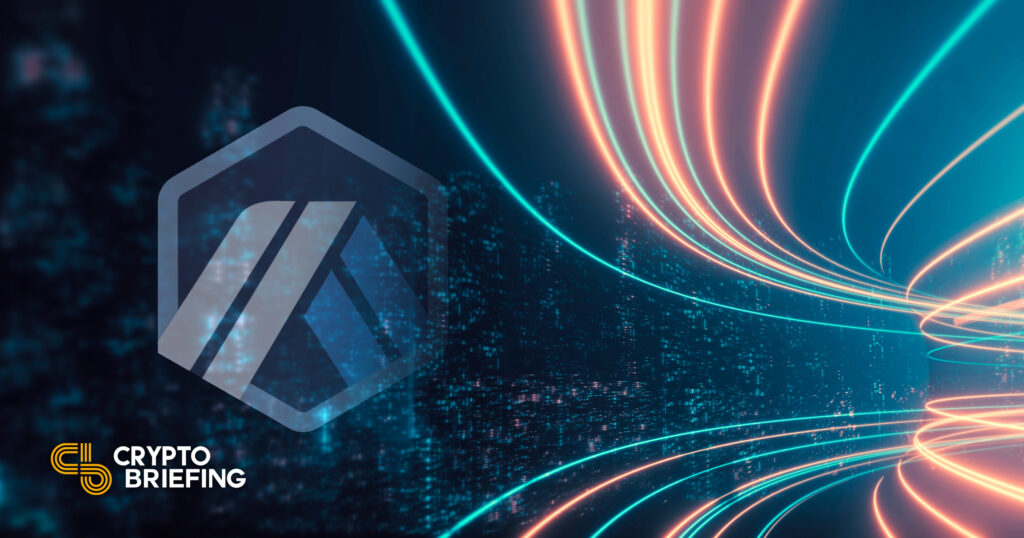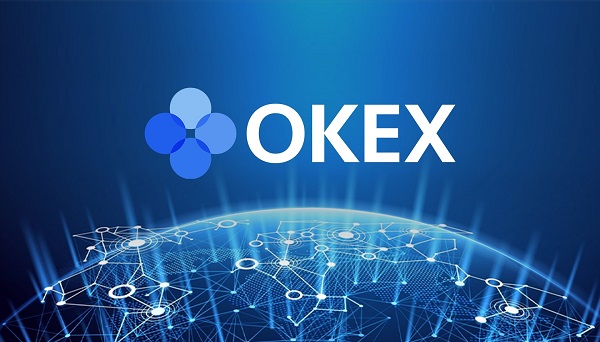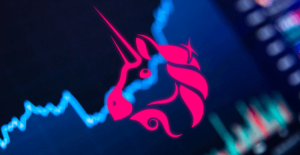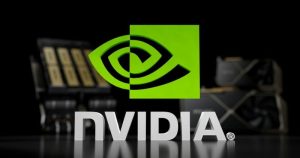Ethereum Layer 2 Arbitrum Completes Nitro Upgrade

Key Takeaways
Arbitrum has completed its Nitro upgrade.
Arbitrum says Nitro increases transaction throughput, reduces fees, and provides a better user experience for developers building applications.
Now that Nitro has expanded Arbitrum’s transaction throughput, the network will likely restart its Arbitrum Odyssey Campaign.
Share this article
![]()
The Arbitrum Nitro upgrade brings faster transactions, lower fees, and a better user experience for developers building applications.
Arbitrum Upgrades to Nitro
Arbitrum Nitro is live.
The Ethereum Layer 2 network successfully migrated the existing Arbitrum One network to Arbitrum Nitro Wednesday, exactly one year after the network’s mainnet first went live. Offchain Labs, the company developing Arbitrum, announced the completion of the upgrade on Twitter.
Arbitrum Nitro removes the limitations placed on the network and introduces several key improvements. Previously, Arbitrum’s transaction throughput was throttled to maintain network performance and stability. However, now the network has upgraded to Nitro, these limitations have been lifted, vastly increasing the number of transactions the network can handle.
The Nitro upgrade has also helped compress the transaction data sent back to Ethereum mainnet for validation. Nitro should reduce the number of zero bytes in Arbitrum transaction batches, resulting in even lower transaction fees for end users. While Arbitrum already offers 90 to 95% lower fees than Ethereum mainnet, calculations suggest that by eliminating zero bytes, the Nitro upgrade could reduce fees by a further 27%.
However, the bulk of the Nitro upgrade comes in the form of a new prover, which can process Arbitrum’s interactive fraud proofs using WebAssembly code. This means that the Arbitrum engine can now be written and compiled using standard languages and tools, replacing the custom-designed language and compiler that was previously used. The result is a much more streamlined and intuitive experience for those building on Arbitrum, which the team hopes will lead to increased development on the network.
Offchain Labs CEO and co-founder Steven Goldfeder told Crypto Briefing that the update would “massively increase network capacity and significantly reduce costs,” which should in turn attract more projects to the ecosystem. He added that Arbitrum is “the most Ethereum-compatible rollup ever created,” explaining that Nitro’s internal composition matches Ethereum’s, meaning the network can support developer and user tooling built for Ethereum.
In addition to the core updates to Arbitrum mainnet, Nitro has also implemented the network’s AnyTrust technology, providing a secure and cost-efficient scaling solution optimized for gaming and social applications. The same technology is behind the recently announced Abritrum Nova chain that features a “Data Availability Committee” with participation from Google Cloud, FTX, Reddit, Consensys, P2P, and QuickNode.
Now that Nitro has expanded Arbitrum’s transaction throughput, the network will likely restart its Arbitrum Odyssey Campaign. Odyssey was halted within days of launching in June due to increased transaction volumes causing gas fees on the Layer 2 to spike higher than on Ethereum mainnet. The campaign is designed to onboard users into the Arbitrum ecosystem, rewarding participants who complete on-chain tasks with NFTs.
Arbitrum is one of several Layer 2 networks providing scaling solutions for Ethereum. Since launching last year, Arbitrum One has become Ethereum’s most dominant Layer 2 network, holding about $2.5 billion in total value locked, per L2Beat. Goldfeder noted that its growth has been “fully organic” as the project has not offered ecosystem incentives such as tokens (unlike its biggest competitor, Optimism, Arbitrum doesn’t have a token).
The project uses Optimistic Rollups to batch transactions and send them back to Ethereum mainnet for validation, increasing throughput and lowering fees. Ethereum mainnet. Several Ethereum DeFi mainstays, including Uniswap, Curve, and Aave, have deployed their contracts on the network. Arbitrum is also home to several native protocols, including GMX, Dopex, and Vest Finance.
Disclosure: At the time of writing this piece, the author owned ETH and several other cryptocurrencies.
Share this article
![]()













